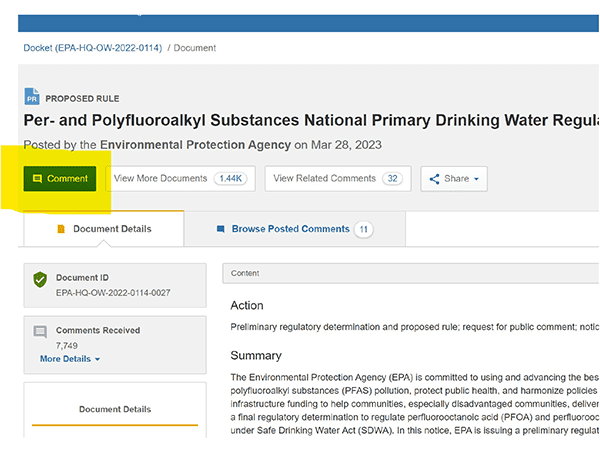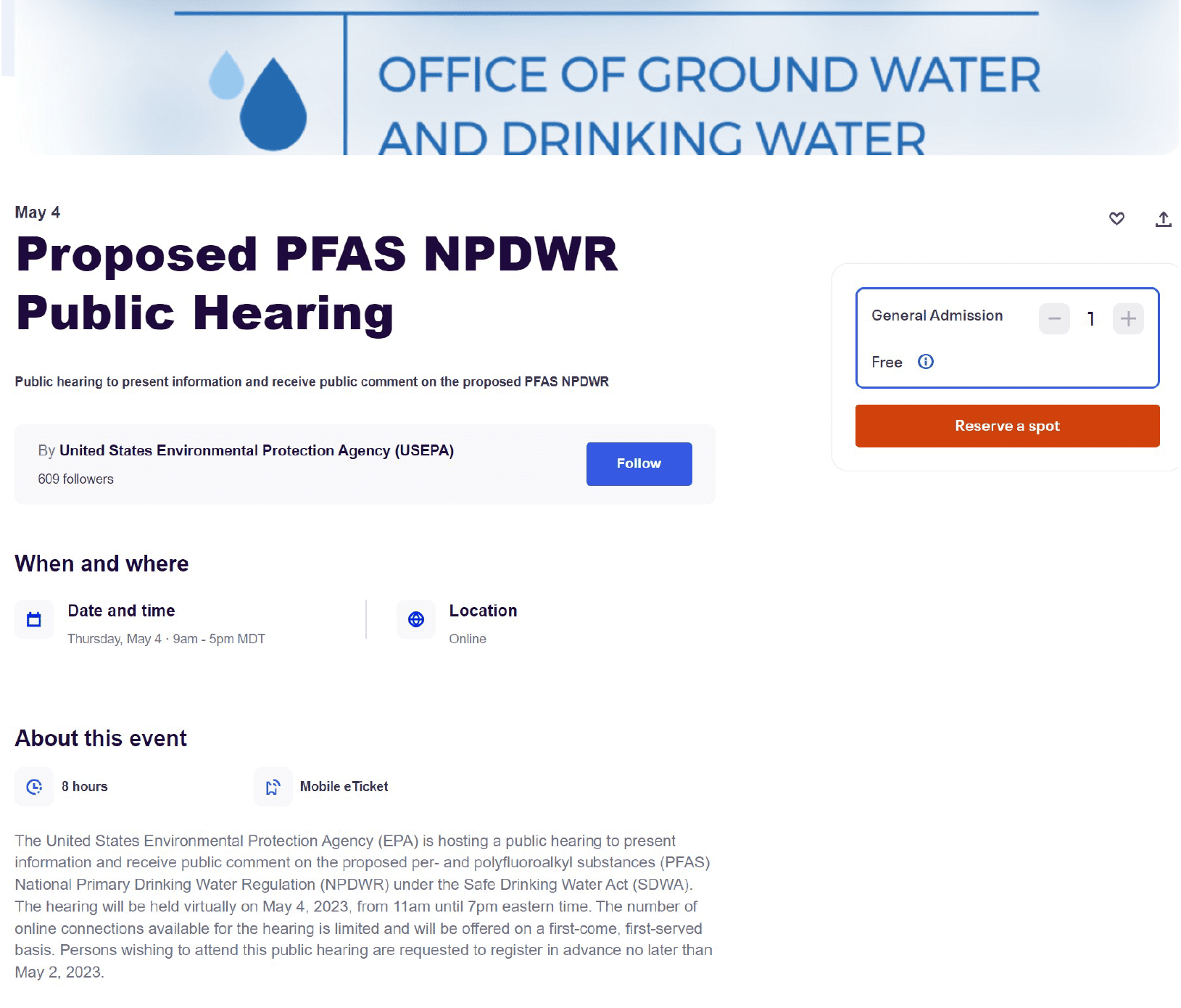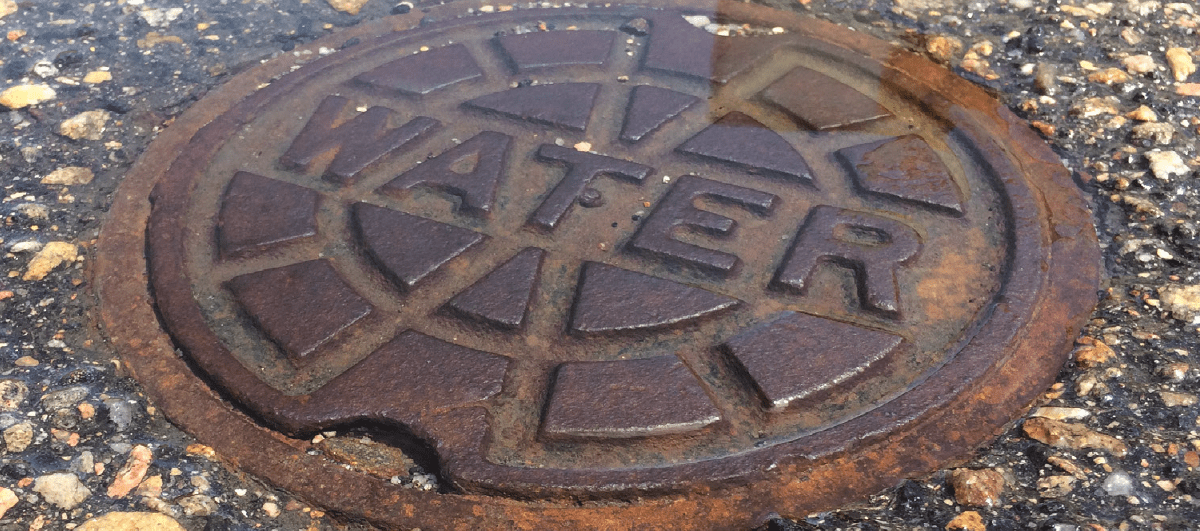PFAS and Your Water
A Candid Conversation About Thornton’s Response to the Upcoming Regulations

Water customers nationwide are hearing about “forever chemicals” in the news. These chemicals have been detected at low levels in many drinking water supplies around the country, including in some of Thornton’s water sources. We recently sat down with Martin Kimmes, Water Treatment and Quality Manager at the city of Thornton, to learn more about what Thornton is doing to address low-level Per- and Polyfluoroalkyl Substances (PFAS) that have been detected in our water.
First and foremost, are the levels of PFAS in Thornton’s water dangerous for us to drink?
Toxicologists at the Colorado Department of Public Health and Environment advise that there is no immediate risk of drinking the water Thornton delivers to your home.
Why is the Environmental Protection Agency (EPA) changing the National Primary Drinking Water Regulations (NPDWR or “Regulations” for the purpose of this article) for PFAS?
The EPA expects that new regulations, effective sometime in 2026, will decrease PFAS-attributable illnesses that can develop over a lifetime and reduce the long-term health impacts, including deaths from these illnesses.
PFAS sounds complicated and very serious; what are the health risks?
PFAS have been used in industry and consumer products since the 1940s, and scientists are studying the health-related impacts of long-term exposure. As a result, most people in the United States already have some of these chemicals in their blood. We want to reassure customers that PFAS has not been shown to cause immediate health effects in adults. The Colorado Department of Health & Environment (CDPHE) reports that the health concerns resulting from long-term exposure in may include certain types of cancer, high cholesterol, decreased birth weight, and changes in liver function. There is also moderate evidence that PFAS is associated with preeclampsia and high blood pressure during pregnancy, and effects on thyroid hormones.
Who is most vulnerable to PFAS exposure?
Children aged 0-5 years and people who are pregnant, planning to become pregnant, or breastfeeding are more susceptible to health impacts from these chemicals. They may want to reduce their risk of all PFAS exposure, including using an in-home water filter until centralized water treatment is available.
What exactly is PFAS, and why do they call it a “forever” chemical?
PFAS have characteristics that make them useful in various products, including non-stick cookware, waterproof clothing, stain-resistant carpets and fabrics, and firefighting foam, as well as in certain manufacturing processes. PFAS tend to break down extremely slowly in the environment and have been found in water, air, and soil across the nation and around the globe. Because of this, PFAS can end up in the water sources communities rely on for drinking water. PFAS can build up in people, animals, fish, and the environment.
What levels of PFAS is the EPA prosing in their new rule?
For the first time, the EPA is proposing to change the National Primary Drinking Water Regulation for six different PFAS compounds – PFOA, PFOS, PFBS, PFHxS, PFNA, and GenX. The proposal addresses PFOA and PFOS as individual contaminants and the other four as a mixture of chemicals. The new rule will include setting individual maximum contaminant level (MCL) 4 ppt for PFOA and PFOS, with goals of 0 ppt for these compounds. The remaining compounds are measured together using a Hazard Index (HI) that evaluates health risks from simultaneous exposure. The EPA is proposing an HI of 1.0 for the mixture of PFBS, PFHxS, PFNA and GenX.
How much PFAS is in Thornton’s Water?
The levels of PFAS in Thornton’s drinking water are very low, in the range of 0 – 7 parts per trillion (ppt), which is a little challenging to visualize. For reference, 1 part per 1,000,000,000,000 equals one drop of PFAS in 500,000 barrels of water, or a string of railroad tanker cars ten miles long.
Since the new recommended Health Advisory limits were announced last June, Thornton Water Treatment and Quality has been able to reduce PFOS below the proposed MCL at both water plants and maintain levels below the Hazard Index for PFBS, PFHxS, PFNA, and GenX. We have also reduced PFOA levels below the proposed MCL at the Wes Brown Water Plant, but not at the Thornton Water Plant. We share the specific PFAS lab results on our webpage.
What is Thornton doing to reduce PFAS levels in our water?
Our water consistently meets all current drinking water regulations, but we take the job of protecting Thornton’s water very seriously and have been a leader in the state in addressing the risks of PFAS. We believe centralized PFAS removal treatment will be required to sustain proposed levels, particularly during a drought. It will be a long process to address this issue, but there are several action steps we are taking, some of which are already underway:
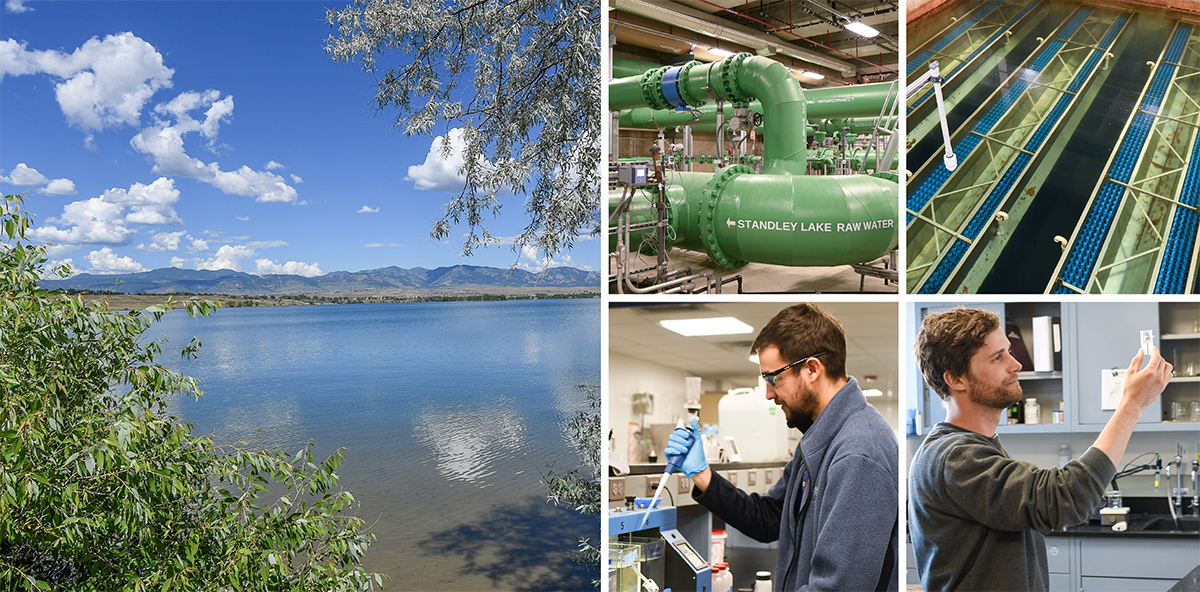
- PFAS levels are variable seasonally and in the different water sources, so we are monitoring our raw water sources to strategically select and blend water from the South Platte River and Clear Creek to reduce PFAS.
- We have already discontinued using the source water location with the highest PFAS amount.
- Adjusting our current treatment processes, though not capable of full PFAS removal, to incrementally reduce PFAS until additional treatment process can be constructed.
- Securing expert engineering and construction partners to consult throughout the process of technology selection, design, and construction of new PFAS treatment processes.
- Entering a multijurisdictional lawsuit against the manufacturers of PFAS to hold the manufacturers responsible for treatment costs and not the water customers.
- Thornton Fire Department stopped using the firefighting foam that contained PFAS over 20 years ago.
- Upgrading our on-site laboratory instrumentation to monitor PFAS in our system at the new draft concentrations.
- Pursuing low-interest loans and grant funding through CDPHE’s State Revolving Fund for PFAS monitoring and treatment to help subsidize the costs to improve our infrastructure.
- Supporting legislation that removes PFAS from entering the water source and holding polluters accountable for remediation and treatment costs.
We are also constantly updating our website to inform customers about the current PFAS levels in drinking water and about our strategy to address the new regulations. This is the best place to get the very latest information.
How long will it take for our water to meet the new Regulations for PFAS?
Decreasing PFAS in our drinking water will be a long process, but we plan to keep our customers well-informed along the way. On March 14, 2023, the EPA released a draft of the Regulations for PFAS and provided a 60-day public comment period to inform the final regulation anticipated by the end of 2023 or early 2024. Thornton staff will be actively participating in this process. Once finalized, drinking water providers will have three years to meet the regulations, with an option for two additional years if needed. While this federal regulatory process is taking place, Thornton is already taking the necessary steps to accomplish all the tasks it will take to meet these regulations within the allotted time limit.
What is the EPA doing next to finalize the new regulations for PFAS?
The EPA is accepting public comments to inform the development of the final regulation. You can get involved as a citizen by submitting your comments in two different ways.
Submit your comment on the Federal Decision Making Website specifically for the Per- and Polyfluoroalkyl Substances National Primary Drinking Water Regulation by May 30, 2023.
Attend a public hearing on May 4, 2023, where the public can register and provide verbal comments. Registration is required by April 28, 2023. Be sure to read the registration information carefully to follow instructions on submitting your comment before the hearing.
The EPA expects to finalize the PFAS NPDWR by the end of 2023 or early in the first quarter of 2024. Once finished, drinking water utilities, such as Thornton, will be required to meet the regulations within three years.
What can we do at home to reduce exposure to PFAS?
Customers may consider reducing exposure to PFAS from consumer products such as non-stick pans, take-out food containers, waterproof clothing/outdoor gear, and cosmetics.Here is a list of everyday items with PFAS and also brands that are PFAS-free. The domestic production or use of some PFAS (like PFOA and PFOS) has been largely phased out, but others continue to be used. Another way to reduce PFAS exposure is to use an at-home water filter with granular activated carbon or reverse osmosis. Visit the CDPHE’s in-home treatment information sheet for recommendations.

How can we stay informed about Thornton’s progress?
The table on this page summarizes the most recent PFAS sampling results in Thornton’s drinking water. We are committed to keeping you informed through our website, social media, city communications, and community meetings. We recognize and understand customer concerns about PFAS. Ask a question or reach out with a concern. We are always available to discuss how we produce and deliver your drinking water and the steps we take to meet and exceed State and Federal water quality standards. Our Water Quality team can be reached at 303-255-7770 or WaterQuality@ThorntonCO.gov.


